This is the face of The Priestess of Culture. She symbolizes artistic awareness, and offers to you her abundant knowledge of the arts, which she shares in the hope that it will lead you to an understanding of the problems facing all of humankind. Come along with me and explore her past...
One hundred years ago, sculptor Herbert Adams displayed his representational works of art, The Priestess of Culture statues, as part of the Panama-Pacific International Exposition, a 635 acre world's fair that took place in San Francisco, California from February to December of 1915. Conceived as a celebration of the completion of the Panama Canal, the specific themes expressed through the art and architecture of the Exposition were those of aspiration, progress, achievement, and victory. The people of San Francisco also viewed it as an opportunity to showcase their city, newly rebuilt after the devastating earthquake and fire of 1906 destroyed over eighty percent of the municipality.
The eight Priestess of Culture statues were placed around the base of the dome within the rotunda of the Palace Of Fine Arts, the only remaining building of the eleven exhibition palaces originally built for the Exposition. The Palace consists of four unconnected structures: the rotunda, shown below with its classic Roman style architecture, two detached peristyles, or open colonnades, one on either side of the rotunda, and an art gallery, situated at the back of the rotunda.
The Palace Of Fine Arts still stands today, thanks to the ongoing support of the citizens of San Francisco. After the close of the Exposition, when the fair site was slated for demolition, they rallied in support of allowing it to remain, not only as a landmark embodying the spirit of the Exposition, but also as a visual symbol of the meaning of the arts in society. Over the course of the past century, the Palace has undergone periodic rebuilding and refurbishing, and it appears that of the original eight Priestesses, only two still remain in existence, with their places under the dome of the rotunda taken by reproductions created for the rebuilding.
Imagine my surprise, when one day, while visiting family and friends in the San Francisco area, I came face to face with these two Priestesses! They were temporarily housed in the art gallery, which at the time also contained the Exploratorium, a family science center. I was standing on the second floor of the Exploratorium, looking out over the crowd onto the lower level when I noticed them. At first I couldn't believe my eyes - they seemed very large, and even from a distance I could see that they were, if not ancient, at least from another era. My curiosity got the better of me and I had to investigate.
There they stood, flanking either side of a massive old ornamented metal door. Facing this scene, I could see that the Priestess on my left appeared almost perfectly preserved, while the Priestess on my right was rather severely time worn. Their size was overwhelming; I think they are over 10 feet tall, with a width of about 4 feet. And their faces! Do you agree that it feels as if you are looking straight into the eyes of a real fellow human being? I'm not sure I've ever seen such a realistic depiction of a human face on a statue at first hand.
Juliet James, author of Sculpture of the Exposition Palaces and Courts (1915), said of Herbert Adams: "There are few sculptors with greater refinement or more cultured reserve than Herbert Adams. He understands the selection of the significant and in many ways seems most fitting to represent The Priestess of Culture."
Indeed, the details of these sculptures are worthy of attention; not just the expressive faces, but also such features as the draping of the garments and the gentle curve of the wings.
Notable also are the graceful manner in which the Priestesses' hands ever so slightly curl around the ends of the cornucopias and the delicate flower-like detail of the cornucopias themselves.
Juliet James continues: "This figure at the base of the dome of the rotunda of the Fine Arts Palace, on the inside, is eight times repeated. Simple, dignified, beautifully balanced, with elegance expressed in every line of her garment with its rich border sparingly used, she holds in either arm an overflowing cornucopia, the symbol of what she is able to give you."
These Priestesses, I've since learned, were among more than 1,500 sculptural works of art on display throughout the Panama-Pacific Exposition. Sculptor A. Sterling Calder, appointed acting chief overseeing the sculptors and responsible for the overall character and harmony of the works, conveyed his thoughts about the role of sculpture within the Exposition in his essay, Illustrations and Descriptive Notes of the Sculpture and Mural Decorations of the Exposition (1915): " - it is not too much to claim that it supplies the humanized ideality for which the Exposition stands - the daring, boasting masterful spirits of enterprise and imagination - the frank enjoyment of physical beauty and effort - the fascination of danger; as well as the gentler, more reverent of our attitudes, to this mysterious problem that is Life."
Since this year marks the 100th anniversary of the Panama-Pacific International Exposition, and because I've become fascinated with these Priestesses, I thought it would be fun to share both the wonder and excitement I felt when I first discovered them, and what I've learned about them since that day.
Here is a video I found about the Exposition, made in the 1960s using film clips from 1915:
Have you ever attended a World's Fair or Exposition, or visited the site of a former one? What impressed you the most?


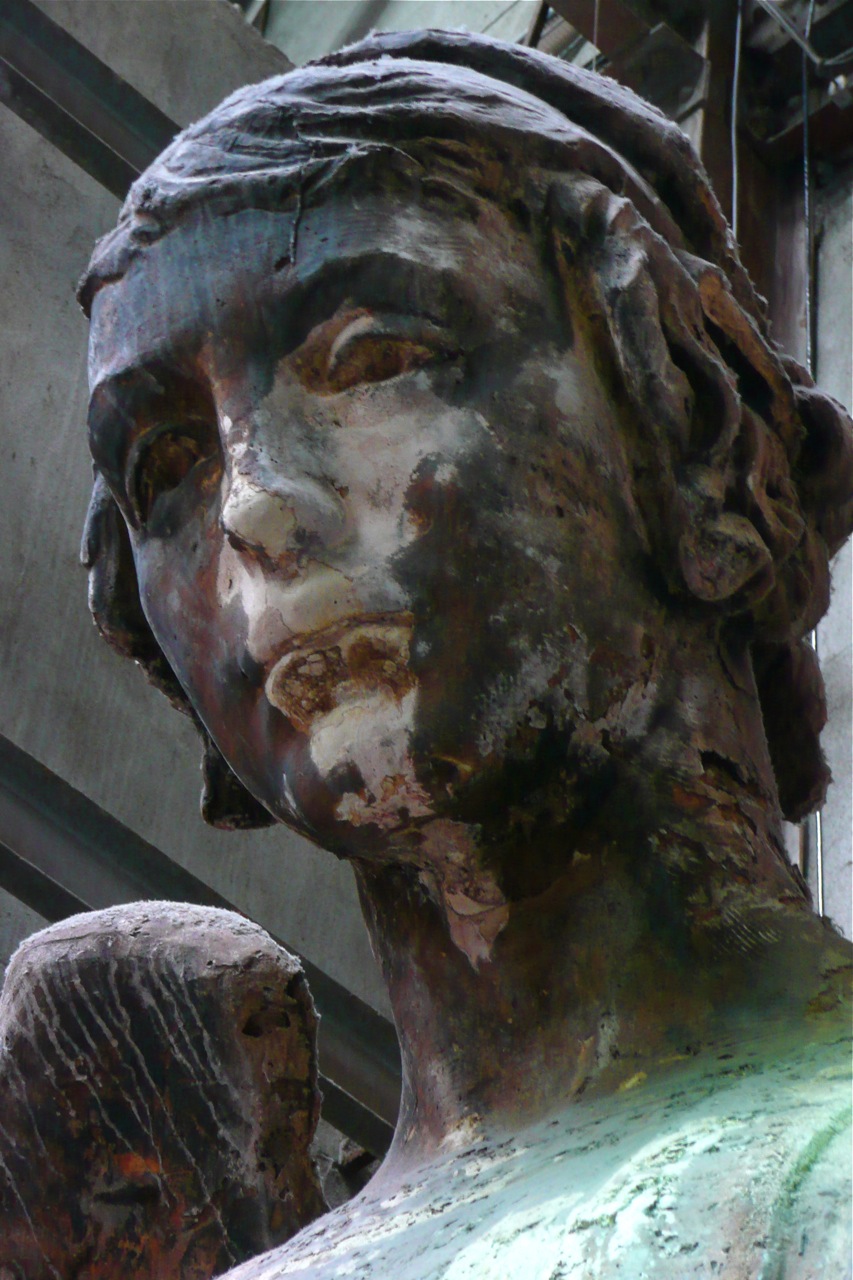
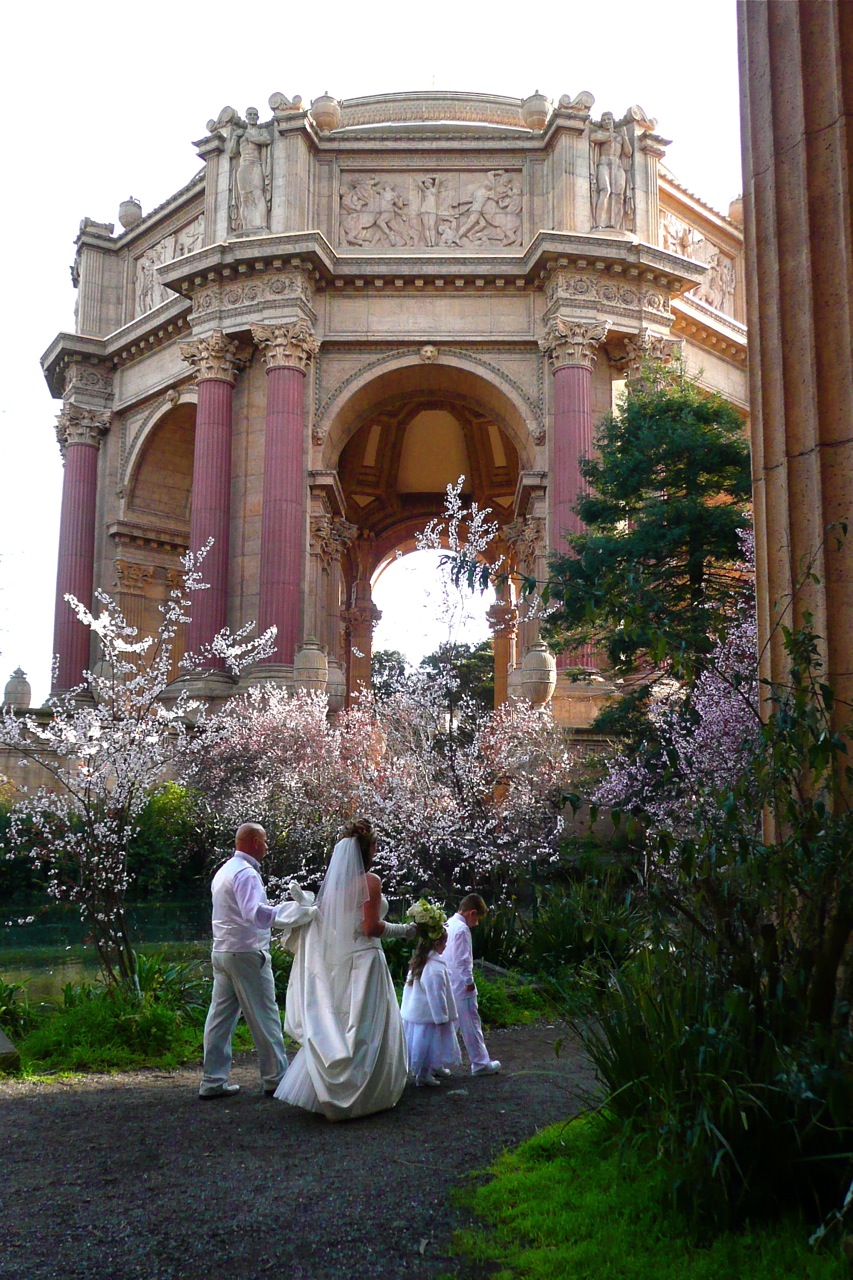

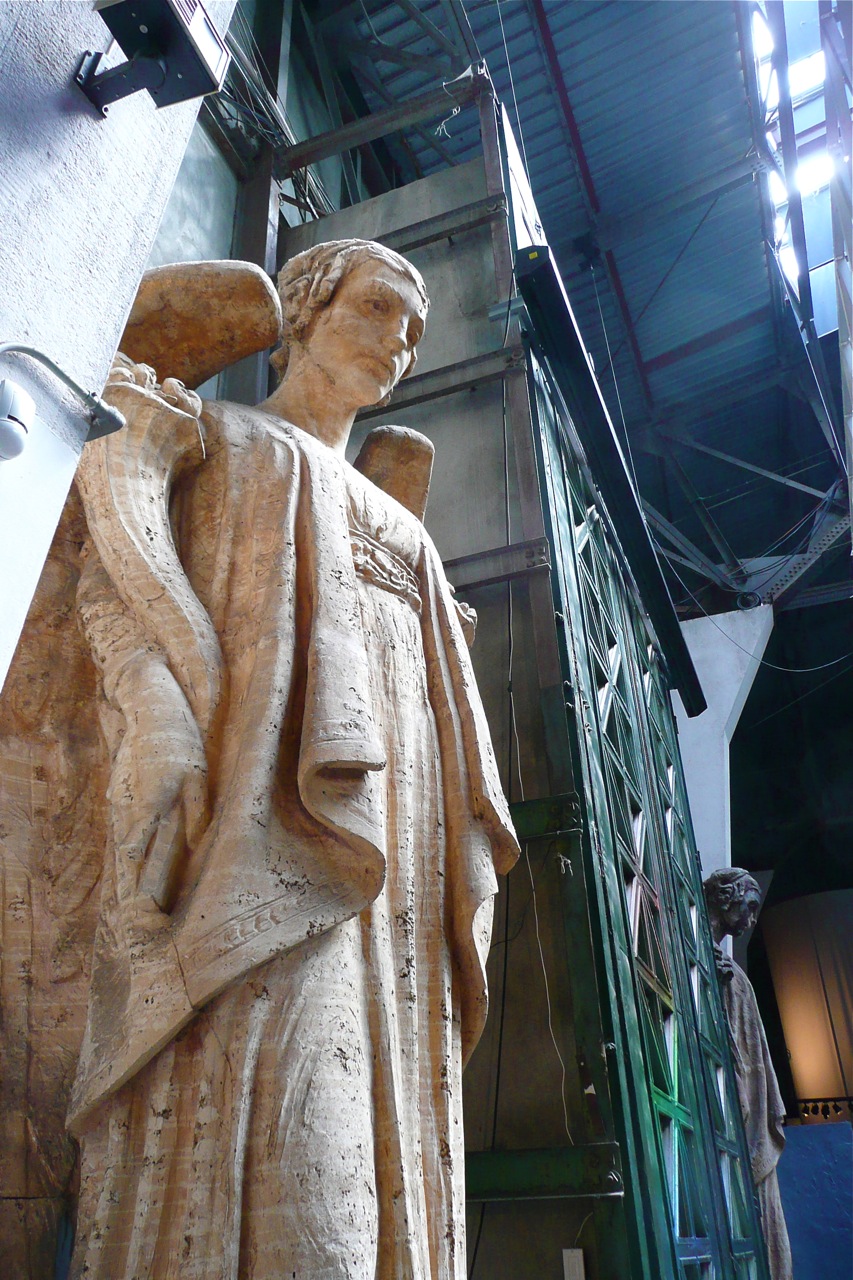


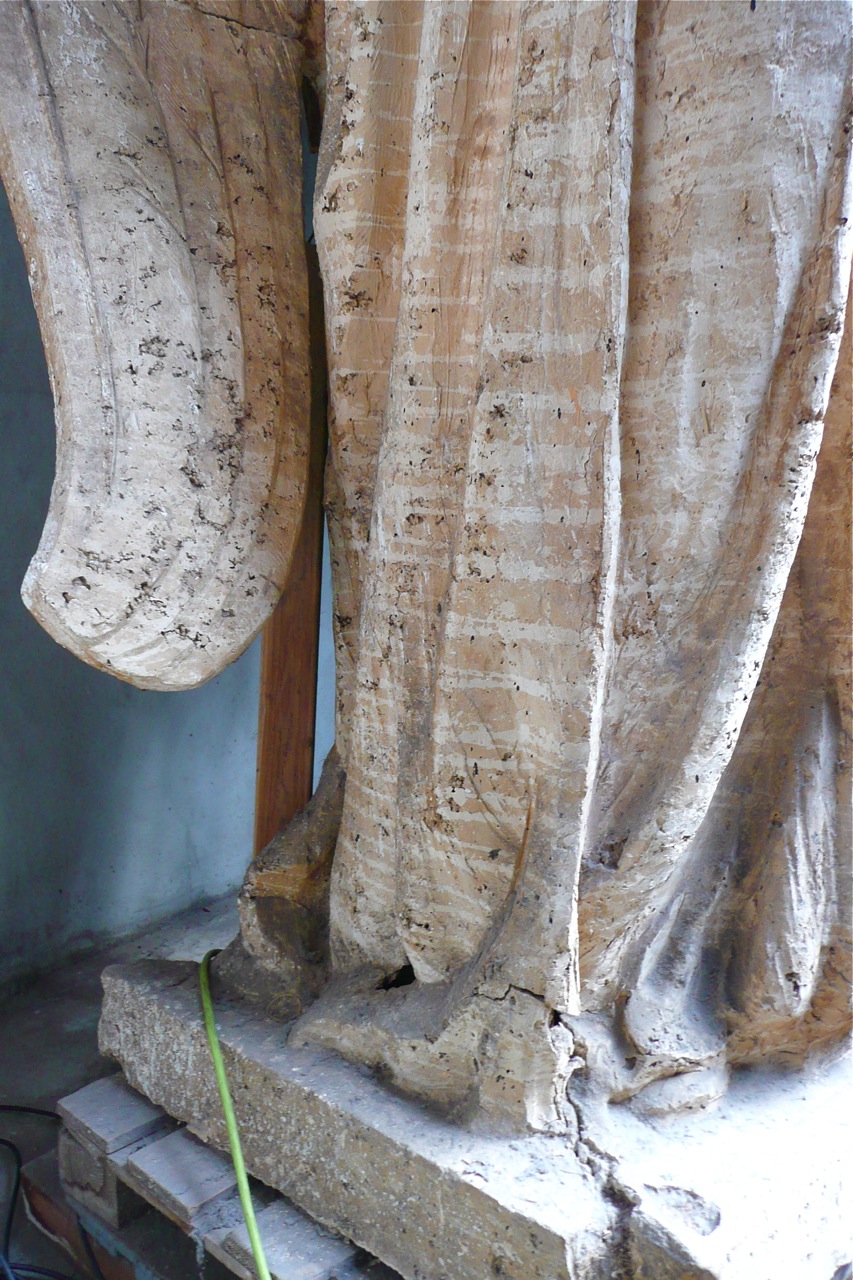



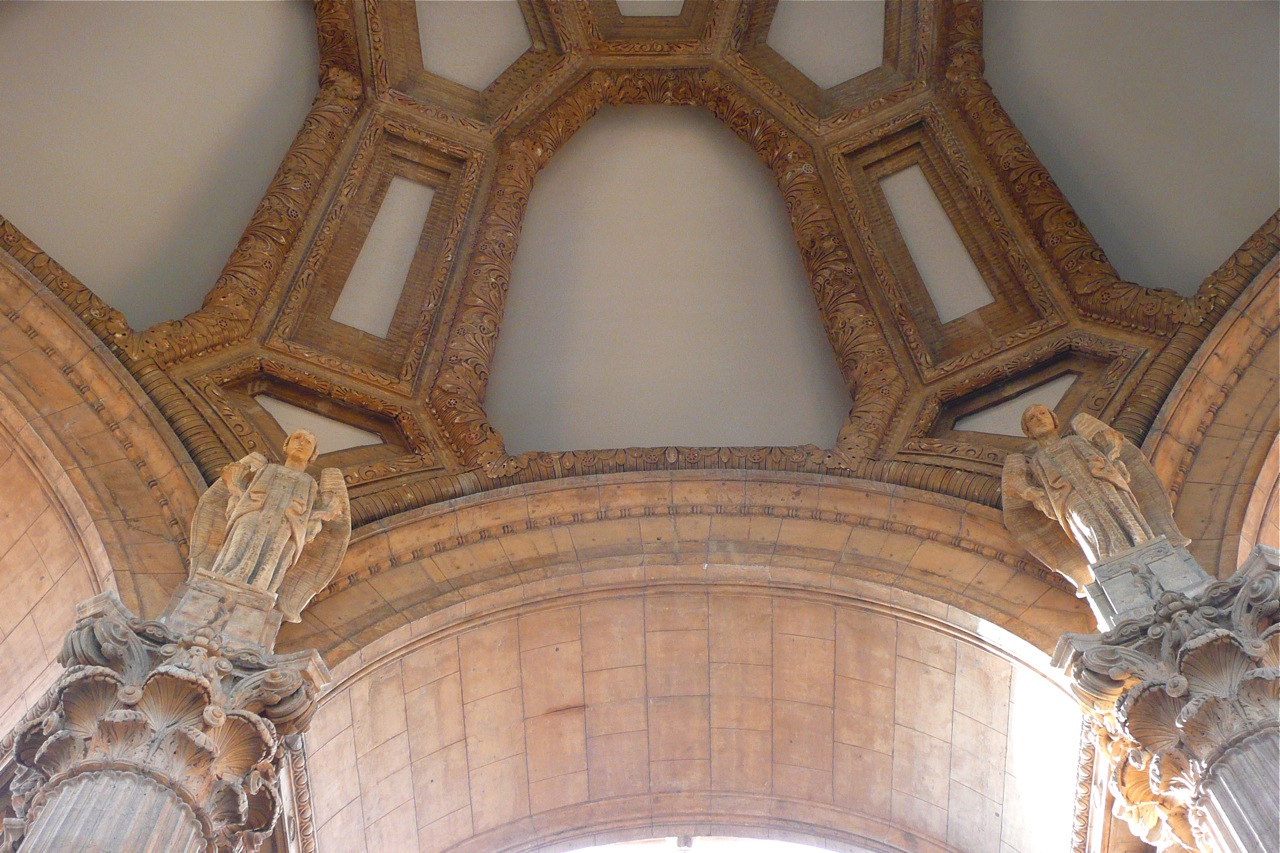


No comments
Post a Comment